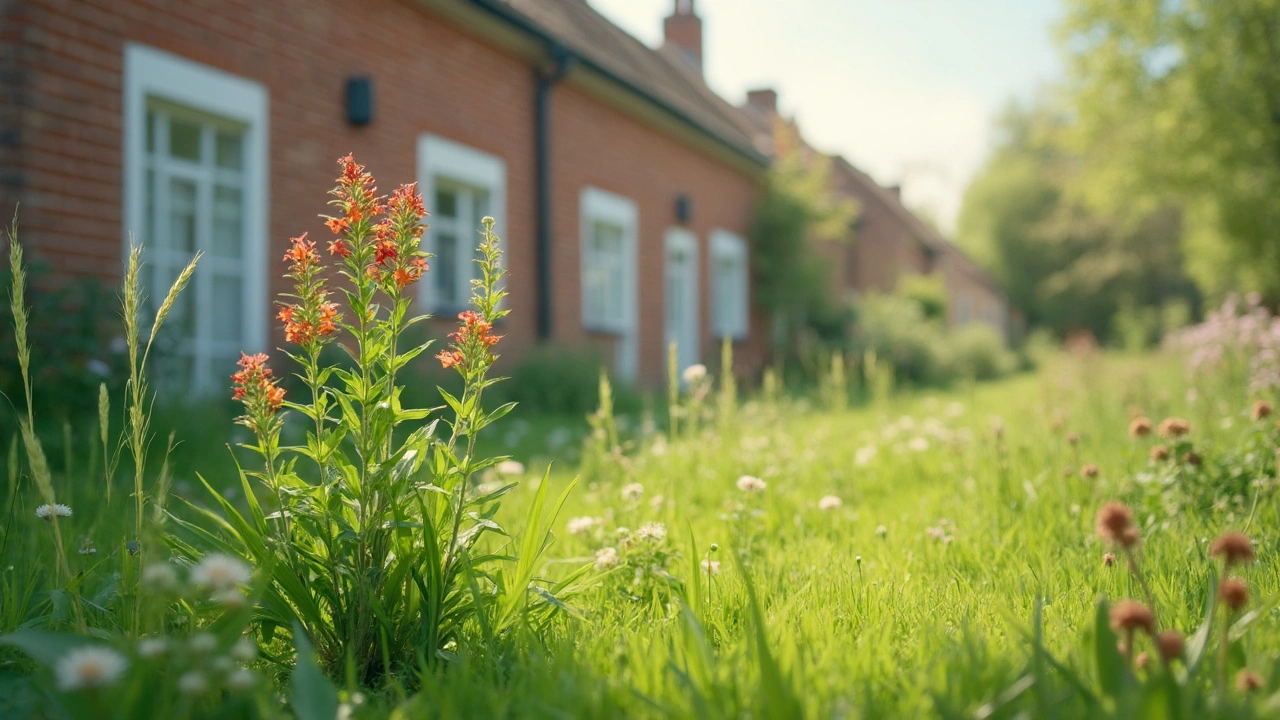Herbal Remedies – Your Guide to Plant‑Based Healing
Looking for a natural way to tackle everyday aches, stress, or minor illnesses? Herbal remedies might be exactly what you need. They’re rooted in centuries‑old traditions, easy to find at grocery stores or online, and often cost less than prescription meds. Below you’ll get straight‑forward advice on picking the right herbs, preparing them safely, and avoiding common pitfalls.
Why Choose Herbal Remedies?
First off, herbs work with your body, not against it. Many contain antioxidants, anti‑inflammatory compounds, or soothing agents that support natural healing. For example, ginger reduces nausea, lavender calms anxiety, and chamomile helps you fall asleep. Because they’re plant‑derived, side‑effects are usually milder than synthetic drugs—though they can still happen if you misuse them.
Another perk is accessibility. You don’t need a special pharmacy; a local market or health food shop often carries fresh or dried herbs, teas, and essential oils. Plus, you can grow many of them in a windowsill garden, so fresh remedies are literally at your fingertips.
How to Use Herbal Remedies Safely
Start with a low dose. Even a “natural” herb can cause trouble if you overdo it. If a product recommends one tea bag per cup, stick to that unless a health professional tells you otherwise. Keep track of any medicines you’re already taking—some herbs, like St. John’s Wort, can interfere with antidepressants or birth control pills.
Always choose reputable sources. Look for products that list the botanical name (e.g., Echinacea purpurea) and disclose where the plant was grown. Avoid vague “herbal blends” with undisclosed ingredients, especially if you have allergies or chronic conditions.
When you brew a tea, let the herbs steep for the recommended time—usually 5–10 minutes—for full potency. For tinctures, follow the drop count on the label; a typical dose is 20–30 drops three times a day, but this varies.
If you’re pregnant, nursing, or have a serious health issue, check with a doctor before adding any herb to your routine. A quick chat can prevent unwanted interactions and keep you on the safe side.
Our site, Drugstore LTD, covers a wide range of medication topics—from prescription guides to over‑the‑counter safety tips. While most of our articles focus on conventional drugs, we also dive into natural options when they’re relevant, helping you make balanced choices.
Got a specific herb you’re curious about? Use our search box to find articles that break down benefits, dosage, and cautions in plain language. Whether you’re after a calming lavender oil or a gut‑soothing peppermint tea, you’ll find clear, practical info without medical jargon.
Bottom line: herbal remedies can be a solid addition to your health toolkit, as long as you treat them with the same respect you’d give any medication. Start small, stay informed, and enjoy the gentle power of plants for everyday wellness.
Buckhorn Plantain: The Secret Ingredient for a Healthier Lifestyle and Enhanced Well-being
Buckhorn plantain isn’t just a backyard weed—it’s a super useful plant packed with health perks. This article uncovers what makes buckhorn plantain special, how to spot it, and how people use it to boost well-being. You’ll get easy ways to add it to your routine and learn about its traditional uses. If you care about simple ways to support your health, buckhorn plantain has more to offer than you think.
